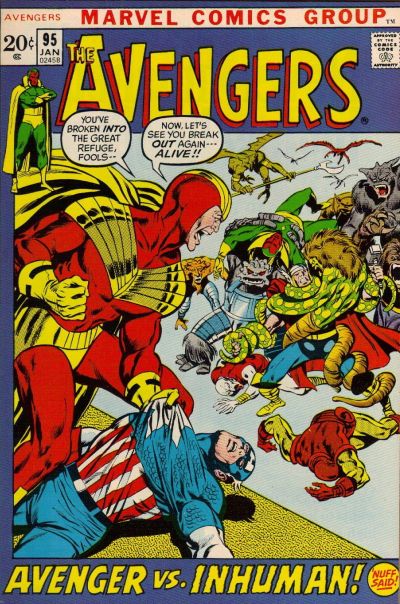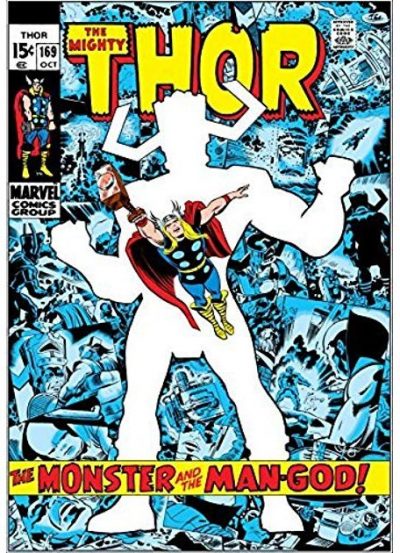
Captain Marvel #29 (November, 1973)
As I’ve shared in previous posts, your humble blogger was a relative latecomer to Jim Starlin’s run on Captain Marvel. While I’d bought a few issues of the title way back in 1969, I had abandoned it after Roy Thomas and Gil Kane’s Fawcett-inspired makeover in issue #17 and hadn’t paid much attention to Mar-Vell since, save for his guest appearances in Avengers. For my younger self in the summer of 1973, Jim Starlin was the guy who’d drawn a pretty good “Doctor Strange” story in Marvel Premiere earlier in the year, just before Steve Englehart and Frank Brunner took over that feature and made it really good. But then, he 
 showed up in the middle of Daredevil #105, having drawn (and almost certainly also plotted) an origin for that issue’s ostensible villainess, Moondragon, which introduced me for the first time to the epic storyline concerning Saturn’s moon of Titan, and its most dangerous denizen, Thanos, that the young creator had been chronicling in Captain Marvel since coming on board that series with issue #25, back in December, 1972. And then, only a couple of weeks after that, Marvel Feature #12 had arrived in spinner racks, with an even more Thanos-centric yarn, this one drawn (and also at least co-plotted) all the way through by Starlin. If DD #105 hadn’t already 100% convinced me to check out Starlin’s Captain Marvel the first chance I got, MF #12 surely must have clinched the sale. Read More
showed up in the middle of Daredevil #105, having drawn (and almost certainly also plotted) an origin for that issue’s ostensible villainess, Moondragon, which introduced me for the first time to the epic storyline concerning Saturn’s moon of Titan, and its most dangerous denizen, Thanos, that the young creator had been chronicling in Captain Marvel since coming on board that series with issue #25, back in December, 1972. And then, only a couple of weeks after that, Marvel Feature #12 had arrived in spinner racks, with an even more Thanos-centric yarn, this one drawn (and also at least co-plotted) all the way through by Starlin. If DD #105 hadn’t already 100% convinced me to check out Starlin’s Captain Marvel the first chance I got, MF #12 surely must have clinched the sale. Read More






